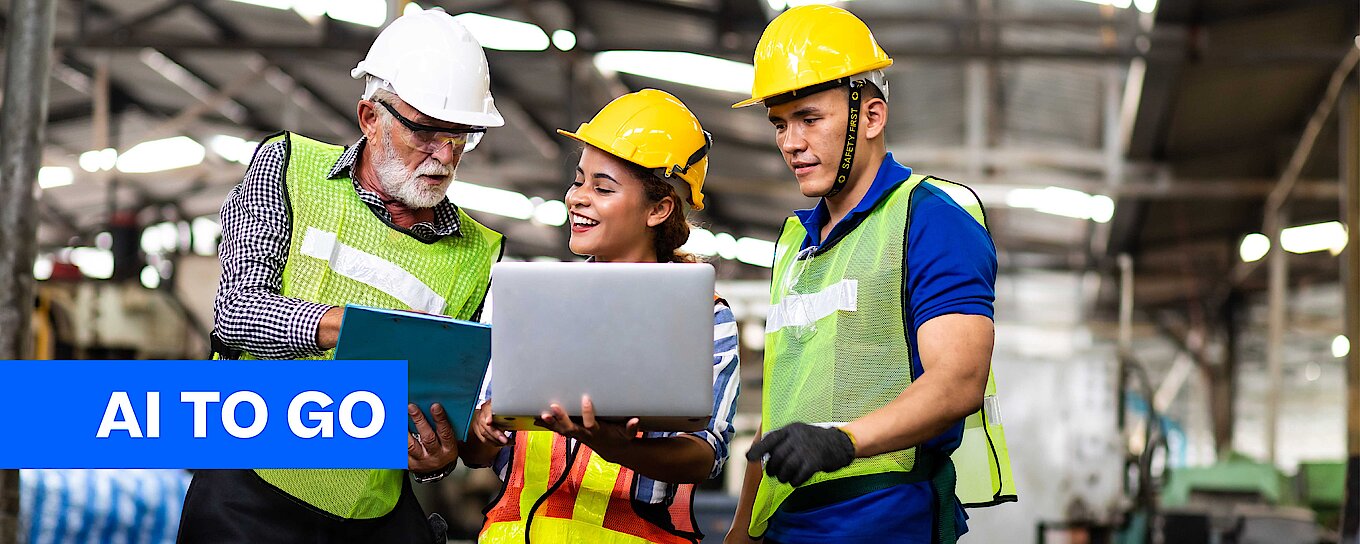Traditional maintenance strategies, such as reactive or preventive maintenance, have their limitations. Reactive maintenance occurs after a failure, often leading to costly repairs and unexpected downtime. Preventive maintenance, on the other hand, is scheduled based on time or usage, which can result in unnecessary maintenance actions and inefficiencies.
AI-driven predictive maintenance, however, takes a more intelligent approach. By analyzing vast amounts of data from sensors, machine logs, and other sources, AI algorithms can detect patterns and anomalies that indicate potential equipment failures. This allows manufacturers to address issues before they escalate into costly breakdowns. According to a report by McKinsey & Company, predictive maintenance can reduce equipment downtime by up to 50% and lower maintenance costs by 10% to 40% .
Benefits of AI-driven Predictive Maintenance
- Reduced downtime:By predicting failures in advance, AI allows for timely interventions, preventing unplanned downtime. This proactive approach ensures that production schedules remain intact and that manufacturers can meet their delivery commitments.
- Cost savings:Predictive maintenance optimizes the maintenance schedule, ensuring that parts are replaced only when necessary. This reduces the cost of spare parts and labor, leading to significant savings. A study by Deloitte found that AI-driven predictive maintenance can deliver a tenfold increase in ROI by preventing costly equipment failures.
- Enhanced equipment lifespan:By addressing issues before they lead to failure, AI-driven predictive maintenance can extend the lifespan of equipment. Regular, targeted maintenance keeps machines running smoothly, reducing wear and tear.
- Data-driven decision making:AI systems collect and analyze vast amounts of data, providing insights that help manufacturers make informed decisions. This data-driven approach enables continuous improvement in maintenance strategies and overall operational efficiency.
Implementing AI-driven Predictive Maintenance
Adopting AI-driven predictive maintenance requires a strategic approach. Manufacturers need to invest in the right technology, such as IoT sensors and advanced analytics platforms, to collect and process data. Additionally, integrating AI into existing maintenance workflows may require staff training and change management.
It is also essential to partner with technology providers that specialize in AI for predictive maintenance. Companies like Siemens and General Electric offer comprehensive solutions that can be tailored to specific manufacturing environments. According to Gartner, by 2025, over 50% of industrial companies will have adopted AI-driven predictive maintenance, making it a critical component of modern manufacturing .
AI-driven predictive maintenance is transforming the manufacturing landscape by reducing downtime, cutting costs, and enhancing equipment reliability. As the technology continues to evolve, manufacturers that embrace AI will be better positioned to stay competitive and achieve long-term success. By investing in predictive maintenance today, companies can reap the benefits of a more efficient and resilient operation tomorrow.
For more insights on how AI can revolutionize your manufacturing processes, stay tuned to the "AI to Go" blog.




